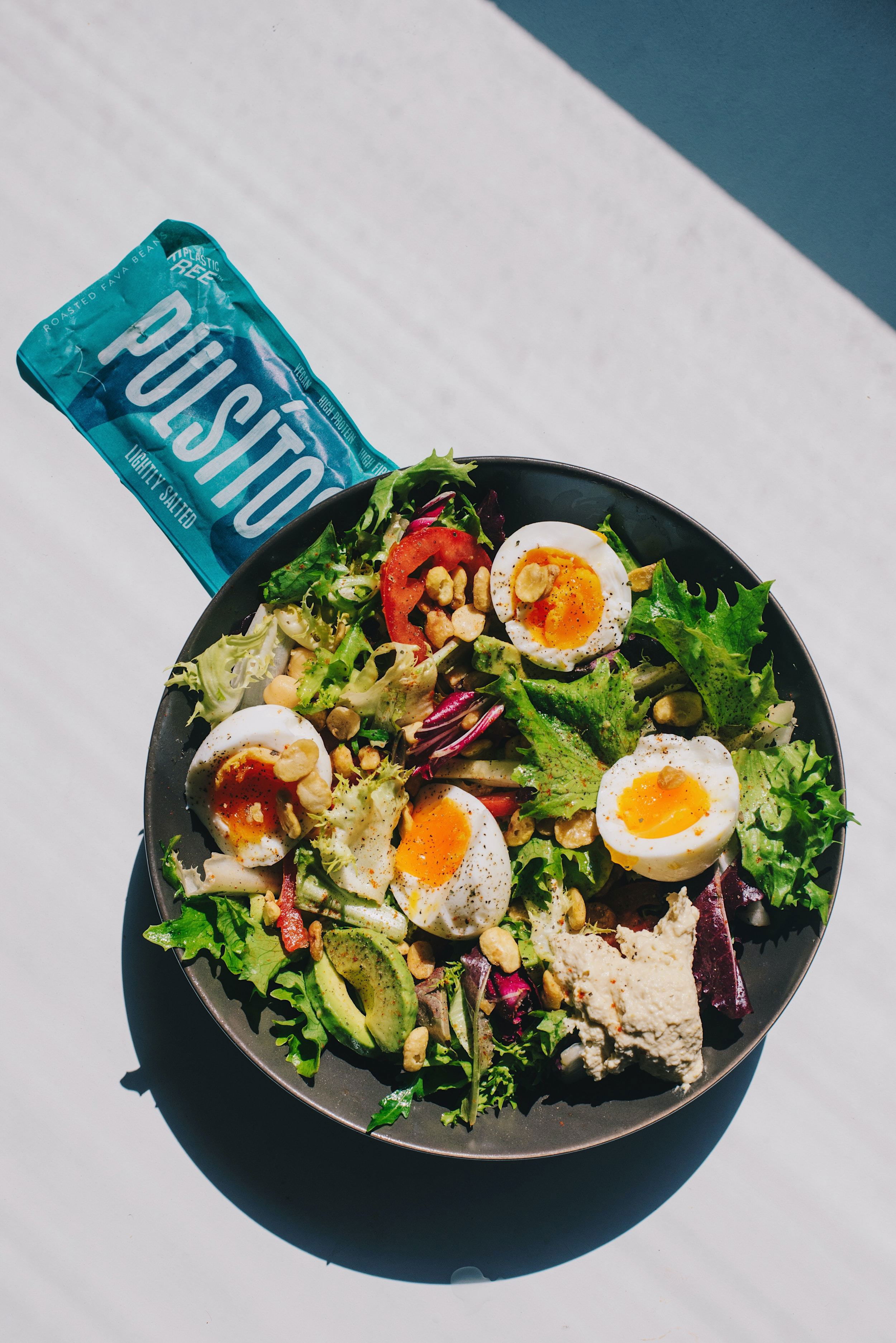Portion Control: The Secret to Maintaining a Healthy Weight
In a world filled with oversized meals and super-sized portions, maintaining a healthy weight can be a challenging endeavor. With so much delicious food readily available, it's easy to overindulge and consume more calories than our bodies need. However, one of the most effective and sustainable ways to manage weight is by practicing portion control. In this article, we'll delve into the concept of portion control, its benefits, and practical tips to implement it in your daily life.
Understanding Portion Control
Portion control is the practice of consciously managing the quantity of food you consume during a meal or snack. It involves being mindful of the serving sizes of different foods and choosing to eat smaller, balanced portions to meet your body's nutritional needs. The goal is to provide your body with enough energy and nutrients without overloading it with excess calories.
The Importance of Portion Control for Weight Management
Caloric Intake Regulation
Portion control helps regulate caloric intake, which is crucial for weight management. When you consistently consume more calories than your body burns, it leads to weight gain. By controlling portion sizes, you can avoid excess caloric intake and maintain a healthier weight.
Balanced Nutrition
Practicing portion control allows you to include a variety of foods in your diet, promoting balanced nutrition. You can enjoy a mix of fruits, vegetables, lean proteins, whole grains, and healthy fats without overdoing it on any particular food group.
Mindful Eating
Portion control encourages mindful eating, a practice that involves paying full attention to the sensory experience of eating. By savoring each bite and being aware of hunger and fullness cues, you are less likely to overeat and more likely to enjoy your meals.
Long-Term Sustainability
Unlike restrictive diets that can be difficult to maintain, portion control is a more sustainable approach to weight management. It allows you to enjoy your favorite foods in moderation, making it easier to adhere to healthy eating habits in the long run.

Practical Tips for Portion Control
Implementing portion control doesn't mean depriving yourself of your favorite foods. Instead, it's about finding a balance that works for you. Here are some practical tips to help you get started:
Use Smaller Plates and Bowls
Opt for smaller plates and bowls to create the illusion of a full plate while consuming fewer calories. Research has shown that people tend to eat less when they use smaller dinnerware.
Measure and Weigh Food
Get familiar with proper serving sizes by measuring and weighing your food. Use measuring cups, spoons, and a kitchen scale to accurately portion out your meals.
Fill Half Your Plate with Vegetables
Vegetables are low in calories and high in nutrients, making them an excellent choice for filling up your plate. Aim to make half of your plate vegetables at each meal.
Practice the "Plate Method"
Use the "Plate Method" as a guide for portion control: Fill one-half of your plate with vegetables, one-quarter with lean protein, and one-quarter with whole grains or starchy vegetables.
Be Mindful of Liquid Calories
Liquid calories from sugary beverages and alcohol can add up quickly. Opt for water, herbal teas, or sparkling water with a splash of citrus to quench your thirst without adding extra calories.
Limit Restaurant Portions
Restaurant portions are often larger than what you need. Consider sharing a meal with a friend or taking half home for another meal.

Slow Down While Eating
Eating too quickly can lead to overeating. Chew your food slowly and take breaks between bites to allow your body to recognize when it's full.
Plan Snacks in Advance
Prepare portioned snacks in advance to avoid mindlessly munching on large quantities of food. Pre-portioned snacks can help you control your calorie intake.
Listen to Your Hunger Cues
Learn to distinguish between physical hunger and emotional hunger. Eat when you're genuinely hungry and stop when you feel satisfied.
Enjoy Treats in Moderation
It's okay to enjoy your favorite treats occasionally. Practice moderation and savor the experience, rather than indulging mindlessly.
Conclusion
Portion control is a simple yet powerful tool for maintaining a healthy weight and promoting balanced nutrition. By being mindful of the amount of food you consume and making conscious choices, you can nourish your body while still enjoying the pleasures of eating. Incorporate these portion control tips into your daily routine, and you'll find that managing your weight becomes a more manageable and sustainable journey.
Sources:
- Mayo Clinic - "Portion control: Don't supersize it" - mayoclinic.org/healthy-lifestyle/nutrition-and-healthy-eating/expert-answers/portion-control/faq-20450948
- Harvard T.H. Chan School of Public Health - "The Nutrition Source: Portion Size" - hsph.harvard.edu/nutritionsource/healthy-eating-plate/portion-size/
- Centers for Disease Control and Prevention (CDC) - "Tips for Controlling Portion Sizes" - cdc.gov/healthyweight/healthy_eating/portion_size.html
- WebMD - "The Secret to Portion Control" - webmd.com/diet/obesity/ss/slideshow-secret-to-portion-control